Scottish Terrier Puppies
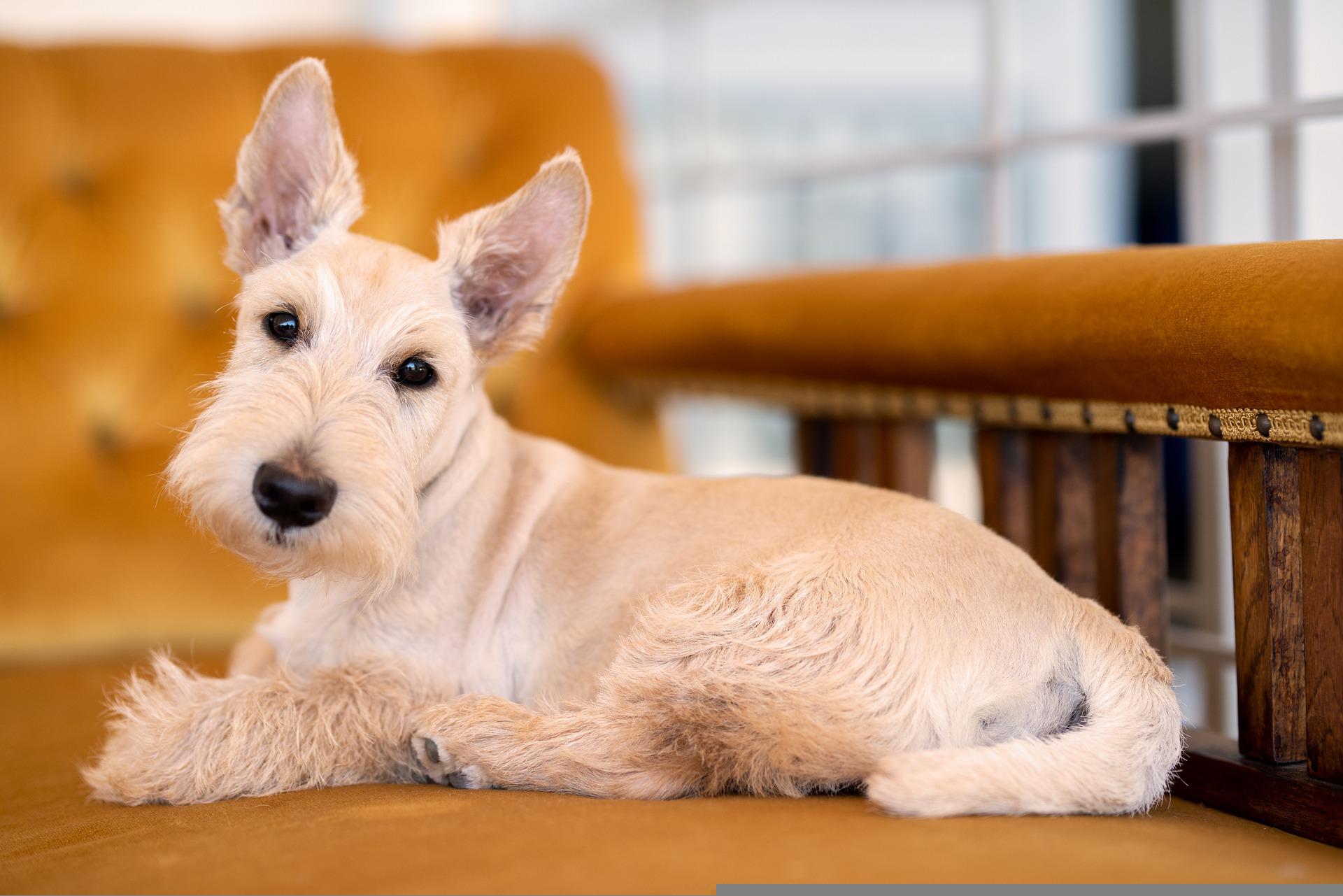
An independent, devoted, and loving breed
This intelligent, independently thinking breed is extremely affectionate with their families. They're always looking for mental stimulation and will find it on their own if you don't provide them with enough attention. Their small stature and ability to entertain themselves indoors makes them ideal for apartment life, but you should still take them on a short walk each day.
Scottish Terrier At a Glance
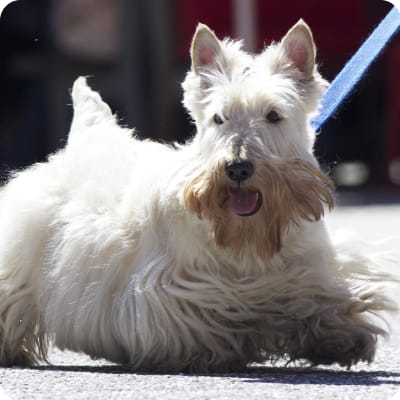
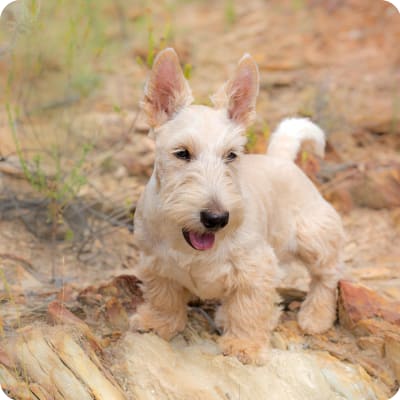
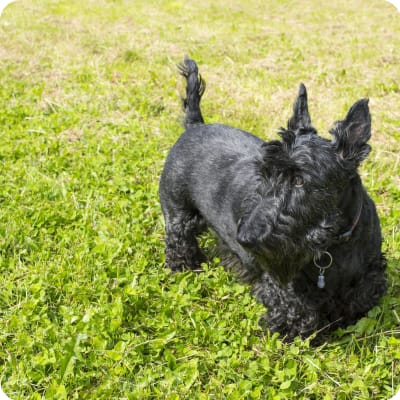
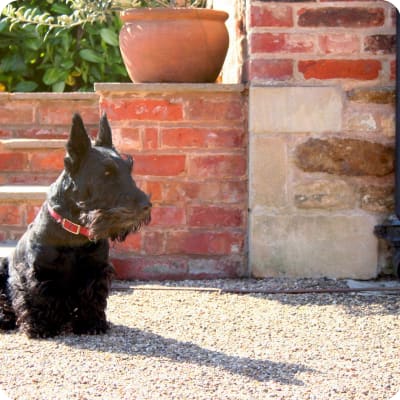
Scottish Terrier At a Glance
- Size: 8"-11", 18-23 lbs.
- Lifespan: 10-13 years
- Energy Level: medium
- Coat: Wiry outer coat and a soft, dense undercoat
- Shedding: moderate
- Hypoallergenic: Yes
- Dog Group: Terrier
- Common Nicknames: Scottie, Aberdeen Terrier, Diehard
Scottish Terrier Breed Guide
Learn More About Scottish Terriers


